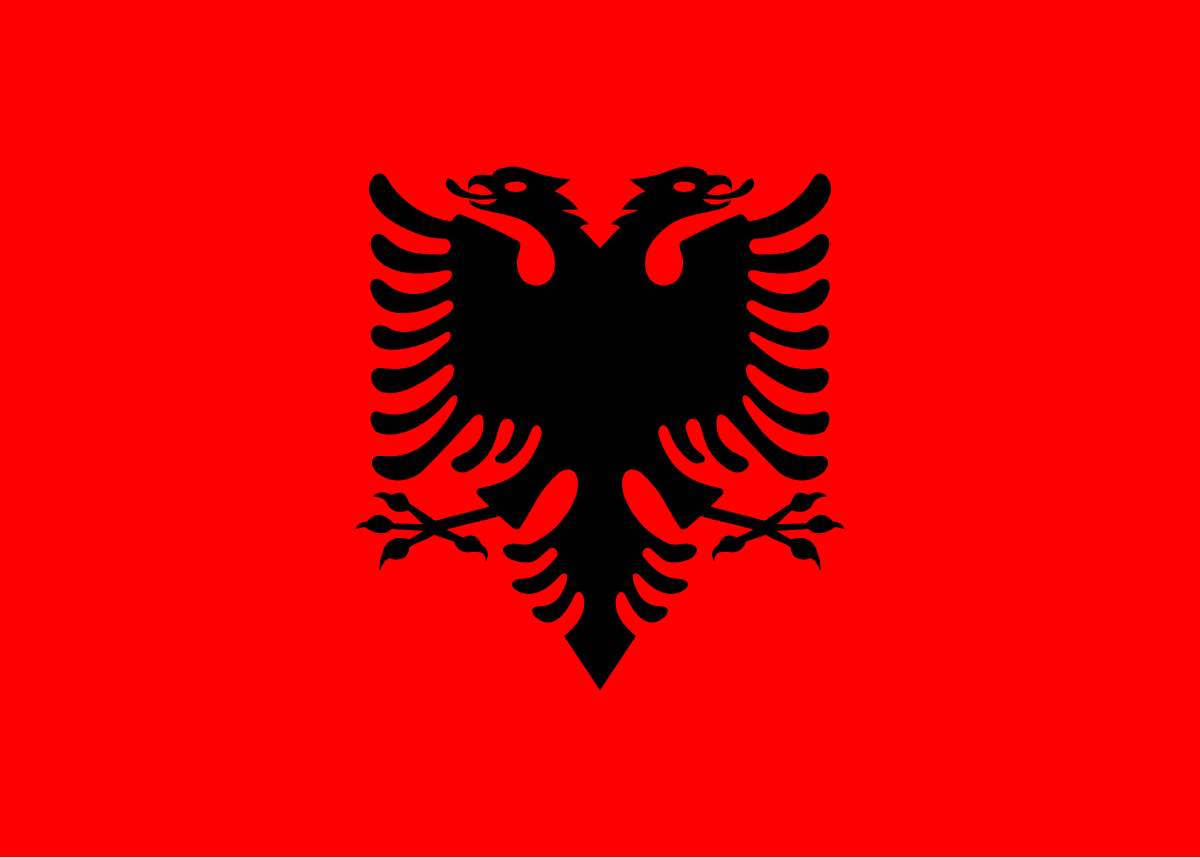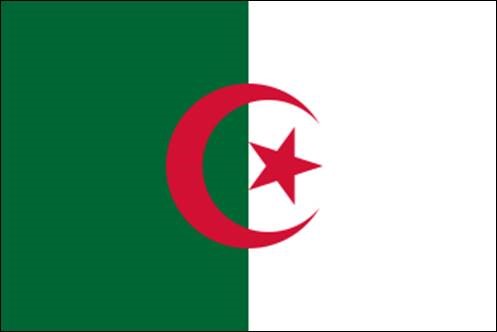While Afghanistan has suffered a tremendous period of economic hardship and a humanitarian crisis resulting from multiple factors, including but not limited to political turmoil and persistent conflicts through the late 20th and 21st centuries, this is a more recent devastating chapter in a much longer peaceful history. The culture of Afghanistan has persisted for centuries, and its location at the cross section of Central, South and Western Asia has made it a hub of diversity. Afghanistan was once coined the “roundabout of the ancient world.”
Landlocked in south-central Asia, Afghanistan is bordered by Iran, Pakistan, Turkmenistan, Uzbekistan and Tajikistan. It is mostly a tribal society with many different ethnicities, and different regions of the country have their own subculture. One’s ethnicity is an immediate cultural identifier and commonly determines their place in the Afghan social structure. The most prevalent ethic groups include the Pashtuns, Tajiks and Hazaras. Given that most current generations of Afghans have never experienced peace in their country, they characterize themselves as survivors, and they have a strong affinity or a sense of loyalty to their tribe and/or ethnicity. Afghans are proud, stoic, resilient people that value personal honor, loyalty, and hospitality.
Family Life
Afghan community and culture tend to be more collectivistic than individualistic, and it is common to put one’s family’s interests above one’s own personal interests. Families tend to live in communal homes with multiple generations living under one roof. Individual units, such as couples, might have their own rooms, but those rooms would center around a shared, central courtyard that is shared by the entire extended family.
In a patriarchal society, Afghan women are expected to move into their husband’s family home after marriage, and adult children live with their parents for their entire lives. Men support the family economically, while women are responsible for the domestic duties, raising children, entertaining guests and catering to the men in the household. Men also dominate the public world outside of the house. There was some progress made with women’s rights during the 20th century, but after an extremist political and militant group called the Taliban took control, they enforced several bans, restricting women from getting an education and working in a professional capacity. There was a very strict dress code placed, and women were not allowed to even go out without a male companion from their family to escort them. Any digression from these expectations meant that the women brought shame upon their families, and this could be punished under the Taliban law.
Traditionally, polygamy was legal as long as the man could financially support multiple wives, but it has become less common in modern-day Afghanistan. However, it is still customary for parents to arrange marriages for their children based on family status, wealth and background. Marriages are often facilitated within one tribe or ethnic group to ensure compatibility. The first contact for a prospective couple is typically made by the man’s female family members, who might approach the bride secretly to ensure that there is no public dishonor. Once the bride’s family agrees to the marriage, then the two families meet to negotiate the terms of the marriage and often a dowry is given by the groom’s family to the bride’s family in exchange for the bride.
Language
Dari and Pashto are the two official languages of Afghanistan. Dari is spoken by the majority and is commonly heard in the northern and central regions of the country, while people in the south and eastern portions speak Phasto. Most Afghans, especially living in cities with diverse ethnicities speak both languages. English is now becoming more popular, especially with the younger generation.
Dress
The official religion of Afghanistan is Islam, and most people in Afghanistan are Muslim. Muslim beliefs strongly influence dress code, especially for women. Afghan traditional clothing typically covers the entire body from head to toe. It consists of a loose top and a head covering that hides the hair. The traditional dress is often very colorful, especially for women.

Cuisine
Cuisine in Afghanistan is heavily influenced by its varying landscape, neighboring countries and of course, Islam. Afghan cuisine is halal, meaning that it follows the Islamic dietary restrictions. Influenced by Persian, Central Asian, and South Asian cuisines, Afghan food features grains such as wheat, maize, barley, and rice. Rice is a staple side and is often served with stews and meat dishes. Commonly consumed meat includes lamb and beef. Pork is not eaten as it is restricted by Islamic principles. Naan, a type of flat bread made in a clay oven, is often paired with most meals. Afghans generally do not eat spicy food unlike their neighboring Pakistanis, but their dishes are very flavorful with a variety of spices such as saffron and cumin. Their national dish is the Kabuli palaw, which is rice cooked with raisins, carrots, nuts and meat. Fresh and dried fruits are a staple part of the Afghan diet, and tea is a common drink, particularly when hosting a guest. Traditional dining includes meals spread on a tablecloth or on the floor, with people sitting cross-legged around the meal, eating with their right hand and not with utensils.

Holidays
As the cultural and national identity of Afghanistan is strongly shaped by Islam, it is natural that Afghanistan’s religious holidays follow the Islamic calendar. Afghans are devoted to their religious observances and celebrations. Arguably, the two most well-known Muslim holidays commonly practiced in Afghanistan are Ramadan and Eid e Fitr. Ramadan is a sacred tradition that falls between September and November each year. It is a month-long period when Afghans do not eat or drink anything from sun up to sun down. They do not even drink water. Almost all restaurants and businesses are closed during this period. Eid e Fitr marks the end of Ramadan. During this holiday, Afghans gather with loved ones, pray in mosques and then celebrate over a huge feast.
Business Culture
Relationships form the foundation of business agreements in Afghanistan. In a highly unstable economy, people use their networks to do business. So, trust and loyalty are critical. Hierarchy is strongly followed in a business structure. Older age, a longer tenure, a higher position all categorize superiority and directions from superiors are generally received with respect and followed immediately. Business might progress slowly in a meeting in Afghanistan. Usually, the only fixed times in a meeting plan are for prayers. Muslims must pray five times a day, and they pray wherever they are, even during work meetings, making business culture in Afghanistan very different to the west.
References
Indiana University School of Medicine Blog. (2021, September 09). “Information about our Afghan community”. Information about our Afghan community
Evason Nina. (2019). “Afghan Culture” Afghanistan — Cultural Atlas
Wikipedia, The Free Encyclopedia. (2025, February 19). “Culture of Afghanistan”. Culture of Afghanistan – Wikipedia




